By Blaine Taylor
Thanks, sadly, to the blood spilled by soldiers on fields of battle throughout history, there has been plenty of material to fill countless books about the battles they waged. Such books, from Thucydides to Gulf War memoirs, find their way onto collectors’ shelves. Among the most sought after works for Americans are those on the Civil War and World War II, according to Richard Williams, owner of Military Books, a Washington, DC-based clearinghouse for rare military nonfiction. “Both wars were big and bloody,” Williams says.
Alan Aimone, Senior Special Collections Librarian at the United States Military Academy at West Point, says, “There’s hardly a family [among the descendents of those who settled the United States] that doesn’t have a connection to the Civil War. And during World War II, there were over 12 million Americans in uniform. In addition, 35 percent of those who did not serve labored in the work force that supported the war. If you can make a connection, you can develop an interest.”
Vietnam does not seem to have the same draw for military book collectors. Williams says that “although Vietnam was more controversial, it was not, by some standards, particularly horrendous. ‘Only’ 58,000 Americans were killed. More men were casualties at Gettysburg in one day.”
Foot traffic has decreased at the Atlantis Book Shop, a rare book dealership in Burbank, Calif., of late, due to an increase in buying and selling through Web sites on militaria. Kelly Goodside, who works there, pegs his customers as all-male, and from 30 to 60 years old. Some walk-ins are old enough to have served in World War II. Still others are Vietnam veterans or people of that generation—anxious to recall the memories or gain knowledge of America’s most protracted war, both in Vietnam and on the home front.
Goodside constantly fields phone requests for books about medals, uniforms, armory, and aviation from several wars. But because he is a small and rare book dealer, he often cannot fill them. Customers are referred to the big chains like Barnes & Noble and Borders, or, in Canada, Chapters and Indigo Books.
Books on artifacts are one thing, but it is the human side that is most gripping. “How people react under stress is a primal instinct,” says Military Books’ Williams. “Most of us have not been under fire. We haven’t the slightest knowledge of what it is really like. A book is one way of approaching that experience.”
Three types of books predominate among those favored by military history collectors. One is first-hand accounts by people involved in combat. Another is accounts by generals, who were removed from the path of bullets yet much more influential in terms of outcomes. Third is studies and analyses of operations written by academicians.
West Point’s Aimone, himself a historian and writer as well as a member of the American Society of Appraisers, says that “collectors are usually educated professionals, watchers of the History Channel. Many are military history enthusiasts—often, but not always, veterans. In the United States, they are usually middle class admirers of Americana. For these people, to document military history is easier than to scope out intellectual history.”
“Of course, most history is military history,” Williams says.
“Passion is the secret word. Many collectors don’t have other outlets,” says Aimone. “They probably don’t gamble or own a boat. They may not have a lot of money. They can’t compete in a market where one may put out $20,000 to $100,000 for a rare book.” But the passion is still there for them.
One such passionate collector is 39-year-old Scottish civil servant James McNeill, a government employee from Glasgow. McNeill has a collection of over 500 books on the French Indochina and Vietnam Wars, but his thoughts on why he began seeking out books on those conflicts apply to all military book collecting.
“I wanted to understand the politics that drove the decision-making process,” he said. “In the process, the nature of my collection has changed as it has grown. There are some stand-out books now that fill in the blanks of history and illuminate the dark corners. As my knowledge has grown, I have tried to get the classics and the works of the most respected writers.”
McNeill may very well be among the last of those who roam the back alleys of the globe in search of dusty old bookstores with helpful and knowledgeable staff members all too willing to steer book seekers to the volumes of militaria they seek.
“I love bookstores, new and second hand, and can spend hours in them. I get a real thrill when I find a much-sought-after book, particularly if I can afford it,” McNeill said. “A few years ago, I paid my first visit to an out-of-the-way second-hand bookstore in Paisley, near Glasgow. The place looked as though it had been hit by a book bomb, books all over the floor and crammed on the shelves.”
McNeill does not share the same enthusiasm for book fairs though. “Most of the book fairs I have attended have been a bust,” he laments. “But the variety of books that can be obtained at these fairs is staggering and it seems that they are very popular with collectors.”
While book fairs still occur on both sides of the Atlantic, today much of the militaria is crammed on the shelves of the warehouses of Amazon.com and other online outlets. And more and more buyers and sellers prefer to stay at home and bid for collectibles through online auctions such as eBay and Web sites such as the Civil War Mall (www.civilwarmall.com) and The History Mall (www.thehistorymall.com), run by bookseller C. Clayton Thompson.
“E-mail and mail order cut down on petty theft, though I still manage to lose things,” jokes Military Books’ Williams ([email protected]). “The Internet has taken over. A number of dealers have given up shops in order to save money on the rent,” he says.
There is a down side to this form of online purchasing of militaria. Many collectors prefer to see a work before laying out good money for it. Going into a shop allows them to see the book and hold it in their hands to determine if it meets their requirements, as well as being able to browse around for other works.
“Nothing beats searching through old books and finding that ‘must-have’ volume in your hands,” McNeill adds.
Another online problem is that militaria Web sites number into the hundreds according to West Point’s Aimone. And although some suffice, some are run by amateurs. Aimone believes that the best are those designed especially for research. To that extent, Aimone highly recommends the sites maintained by and accessible through the branches of the Armed Forces: the Army’s Military History Institute in Pennsylvania; the Washington, DC Naval Yard, for both the Navy and Marines; and Maxwell Air Force Base, Alabama, for the Air Force. It is through these sites, Aimone says, that the most serious research of military books and the conflicts they recount, can be done. It is also possible to locate collectible books, even if they are not for sale at these sites.
When the books are available for purchase, many things determine the price asked—and the price paid.
“The high-priced books are really a beauty contest,” says Aimone. “The less a book has been read, the more prized a piece it is. And if a book has an exotic binding, there is an artistic value.” If the book contains a watercolor or a map drawn by the author, the value will be higher. For both Aimone and Williams, the key words are rarity and condition—the better preserved, the higher the price.
Furthermore, the more a book has been reprinted, the less valuable it is. “Very few books that are published a lot—say 25,000 copies—are likely to be worth a lot. They are not high-value items, because the market is saturated with them,” Aimone says.
Addressing the impact of online markets, Aimone has said in public forums: “The Internet’s impact on pricing is a concern for retailers. Pricing is downward now. An individual can buy a book at a tag sale and put it online, undercutting competitors while still making a profit. This is especially true for lower priced items. Rare books are feeling the squeeze, too. Books that had been hard to find in a particular region do not seem as rare in an online search of dealers around the world. The pricing effect seems to be most severe on relatively ordinary books, those priced for $50 to $100, which are amply represented online. Meanwhile, prices of truly rare books—those that are nearly as hard to find on the Internet as they are through traditional channels—seem to be holding steady or even rising. However, special or great books still hold their values.
“The laws of supply and demand, and the fact that consumers can instantaneously compare titles from around the world, drive the pressures on price. A lower price is just a click away. Current leanings are for unusual and interesting books rather than just a copy of a good title. Most observers feel that the middle-range books—those priced between $10 and $100, where the used/out-of-print and the antiquarian/rare segments intersect—seem to account for the most activity.”
For bookseller C. Clayton Thompson, the high cost of some collectibles has forced his hand in the matter. “The market for the classics has led me to sell reprints as well as originals because the increasing prices and scarcity of originals has put them out of range of the average readers. Now it is not uncommon to find us with a first edition, hardcover reprint, several paperbacks and a CD-ROM of the same title.”
Thompson counts among his most sought after and biggest sellers: Memoirs of General Phil Sheridan (Webster, 1888); Memoirs of General John B. Gordon (Scribner’s, 1903); R.E. Lee—A Biography, written by Douglas R. Freeman in 1936 and awarded the Pulitzer Prize that same year. Both this last work and Freeman’s Lee’s Lieutenants are listed in Richard Harwell’s In Tall Cotton, a compilation of the 200 most important Confederate books. Also in In Tall Cotton is A Rebel War Clerk’s Diary by John B. Jones (Lippincott, 1866), which, according to Thompson, is very difficult to acquire in “anything but terrible condition.”
Prices for the Lee and Sheridan books run about $75 in “good” condition, $200 in “fine” condition, Thompson says.
Of World War II books, Thompson is particularly enthusiastic about combat artist Tom Lea’s early collaboration with Carl Hertzog that produced Peleliu Landing (El Paso, 1945). “This is one of the classics of American fine printing, done on 100 percent hand-made rag paper. Only 800 copies of this incredibly scarce title were printed, including a limited edition of 500, which were numbered and signed by the artist. Tom Lea landed on Peleliu on September 15, 1944 about 15 minutes after the first Marines hit the beach and stayed there under fire ‘trying to keep from getting killed’ for 32 hours. The illustrations and riveting text were done by Lea the evening after the initial landing when he returned to a naval vessel off shore (before his hand steadied and while the horrors of combat were fresh in his mind). A first edition can go for $1,600.”
Williams says that these days popular WWII books are unit histories, especially of divisions and elite units such as those of the rangers or paratroops. Howe’s Battle History of the 1st Armored Division can sell from $40 to $200. Orville Shirey’s Americans: Story of the 442d Combat Team can sell from $100 to $350. Burgett’s Curahee, about the 101st in Normandy, can sell from as little as $6 to as much as $60. John’s Clay Pigeons of St. Lo, written by a battalion commander of the 29th division in the hedgerow fighting of Normandy, can sell from $75 to $130.
The Civil War always has its allure, though. Such “are still my mainstays and favorites,” Thompson says. “I think the reason is that the battles occurred here at home, in adjoining states, between neighbors and old classmates. Civil War books are true collectibles and many are found with signatures by the officers and men who fought the war—dedicated to friends and fellow combatants. Many of the old titles are classics—and they sell again and again.”
Marc Phillip Yablonka is a military history and affairs correspondent residing in Burbank, Calif. His work has appeared in American Veteran Magazine, Vietnam, Airways, Stars & Stripes, Army Times, and other publications. His article on Air America ran in the October 1999 issue of Military Heritage.
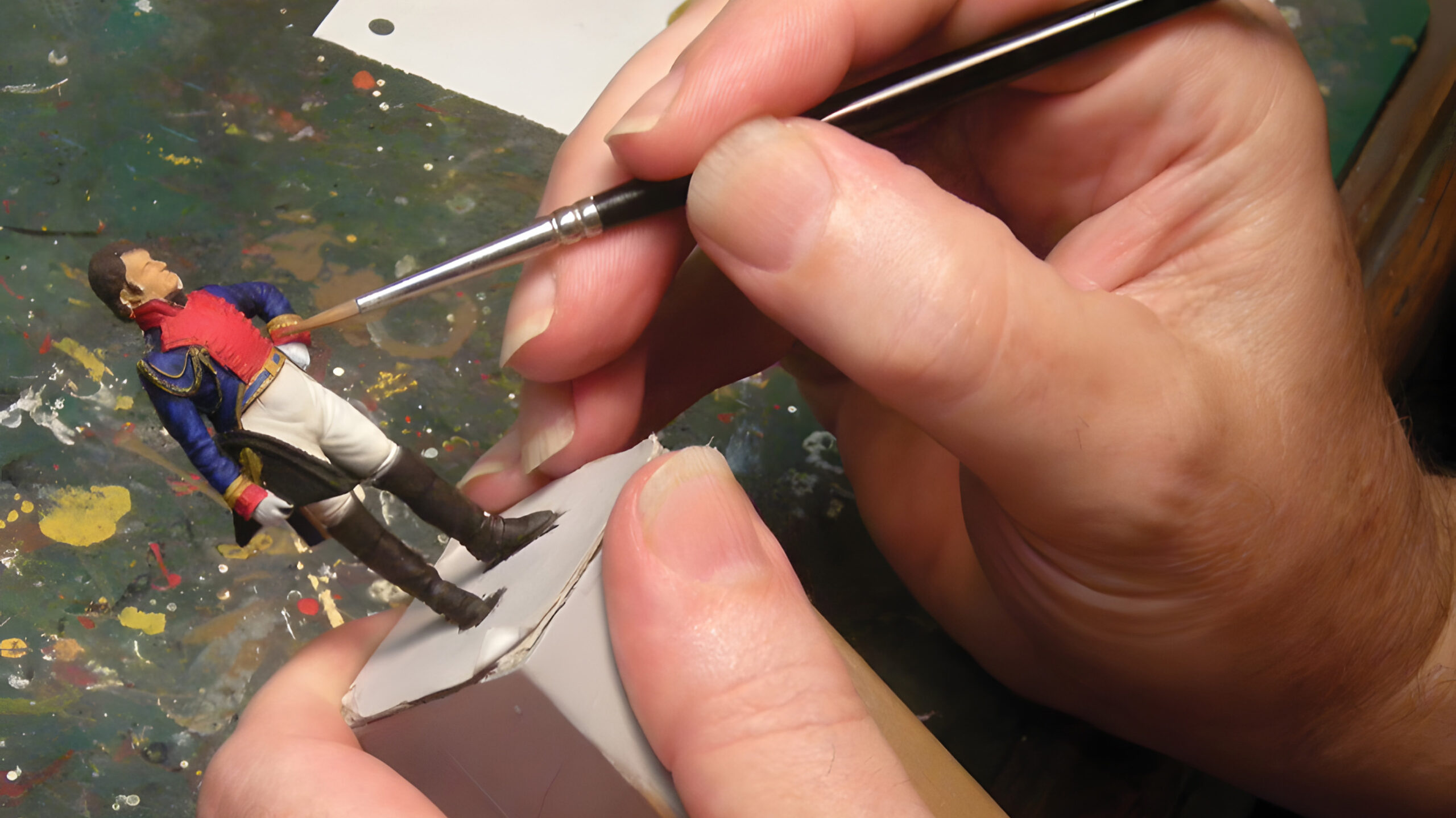
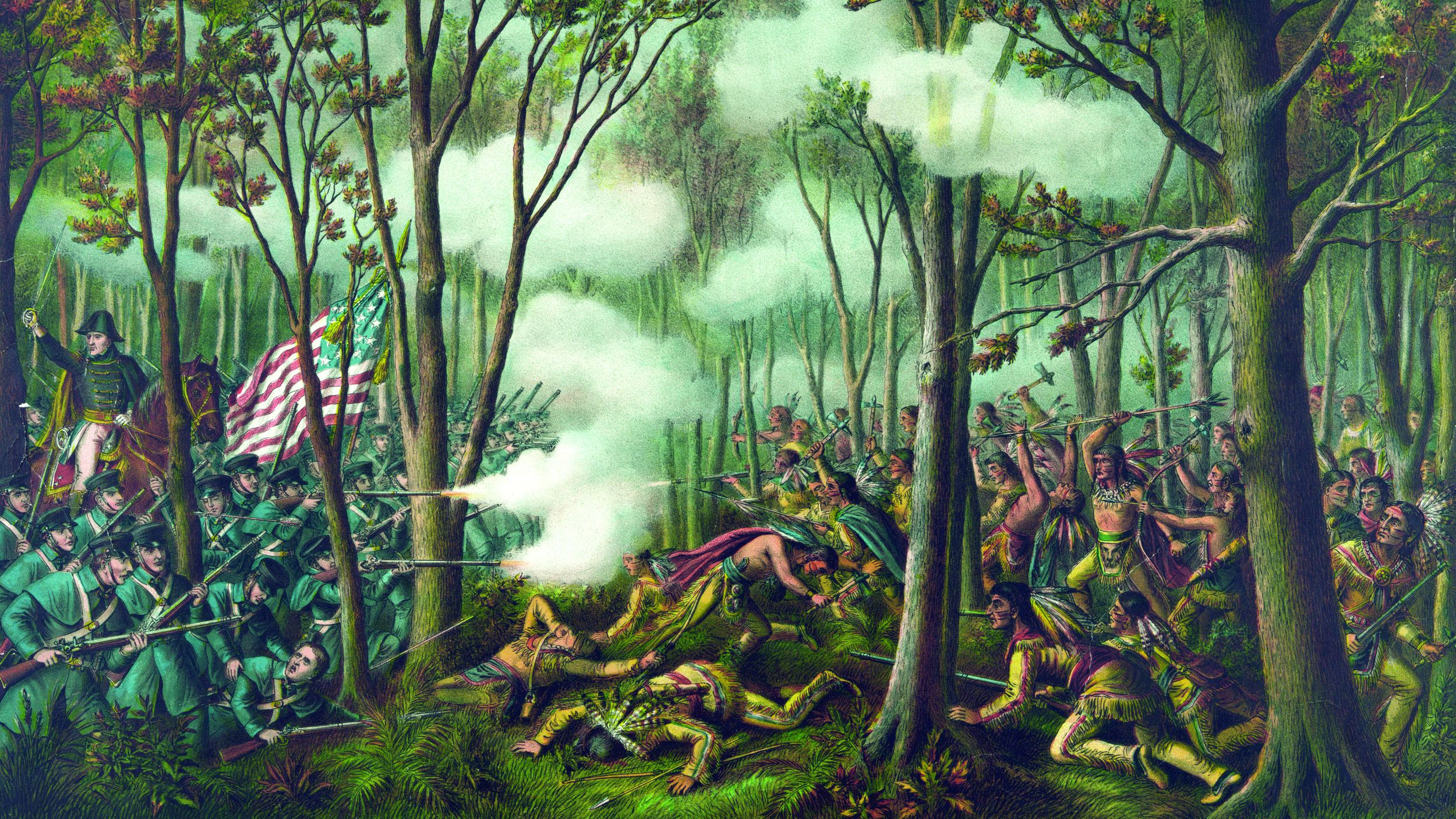
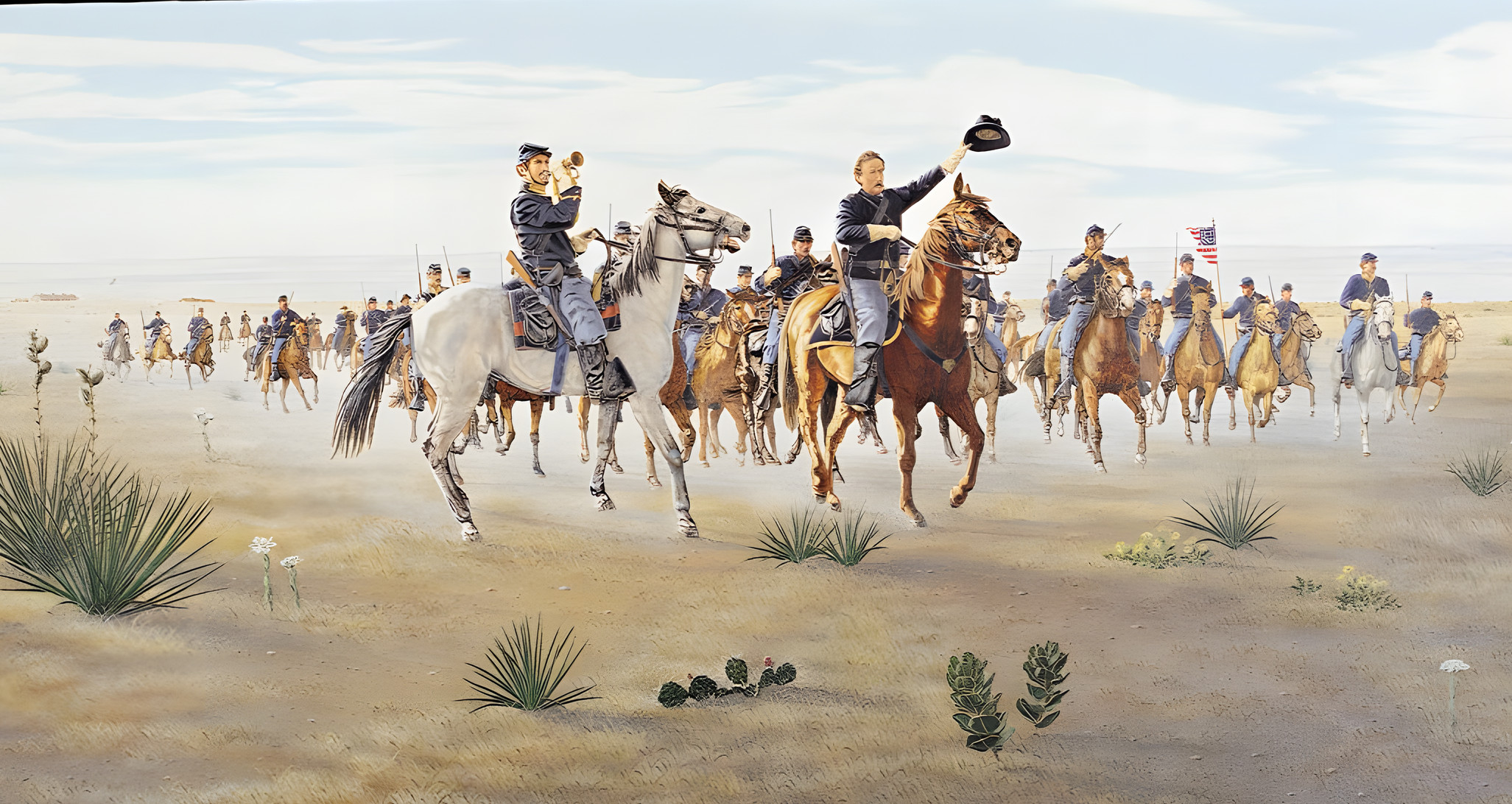
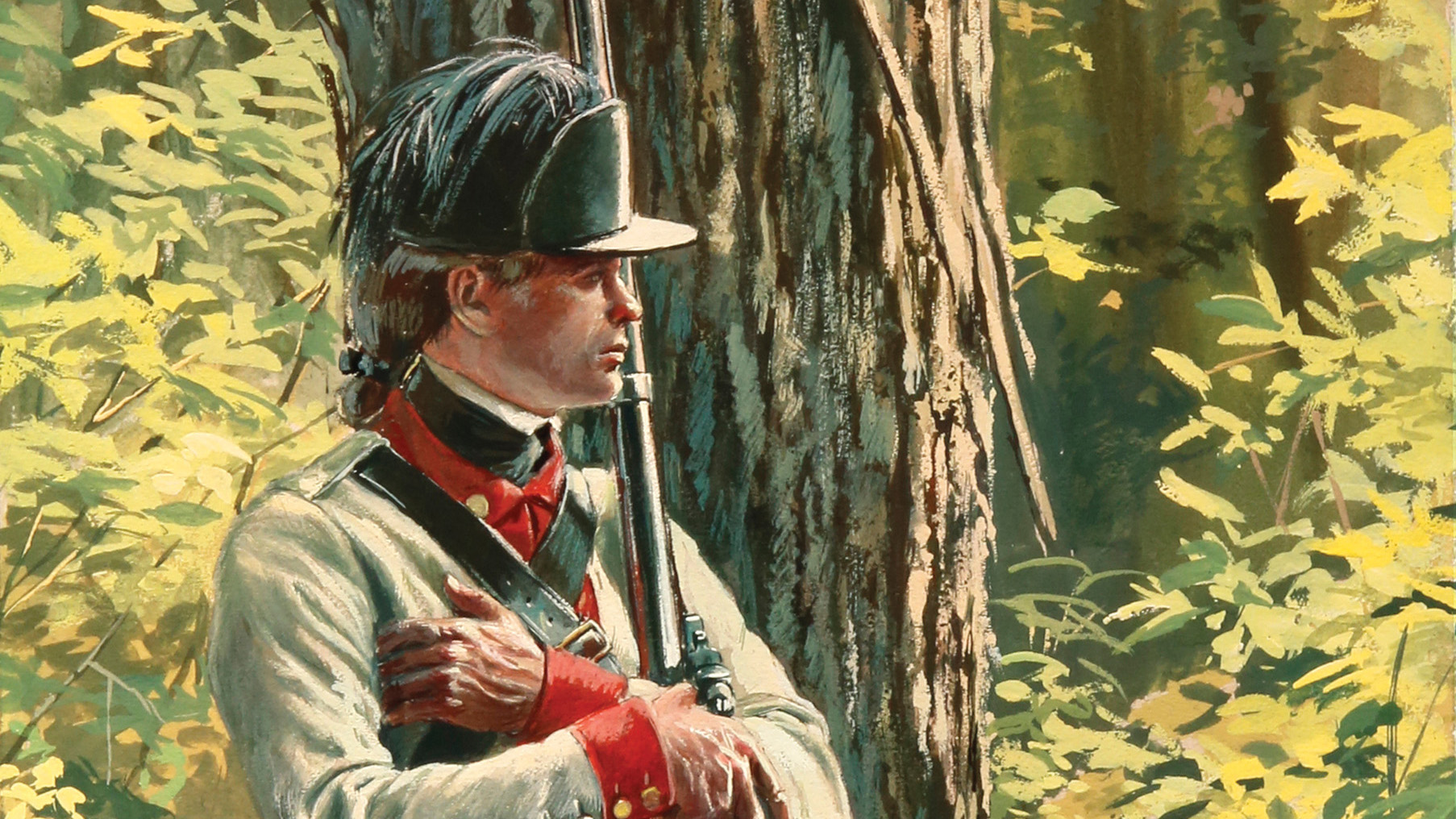
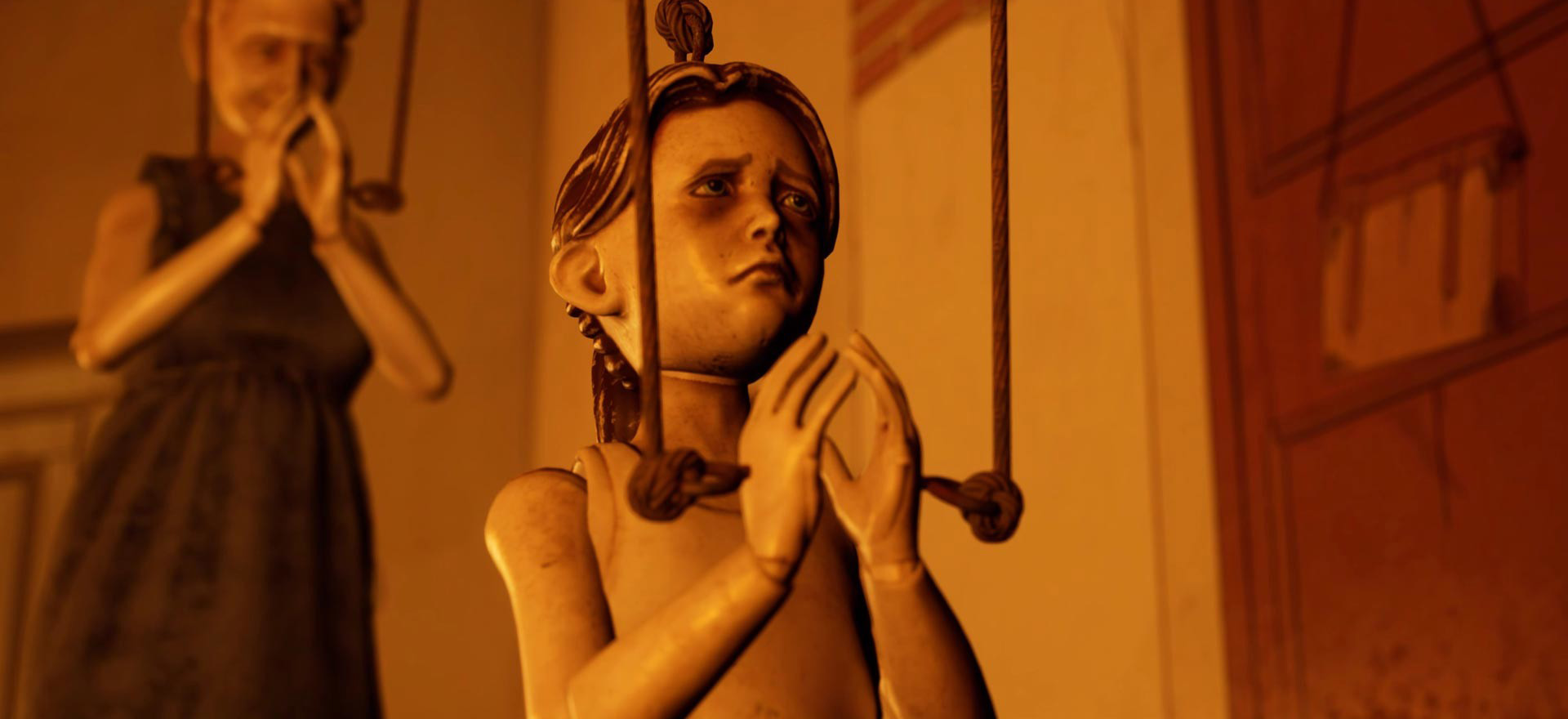
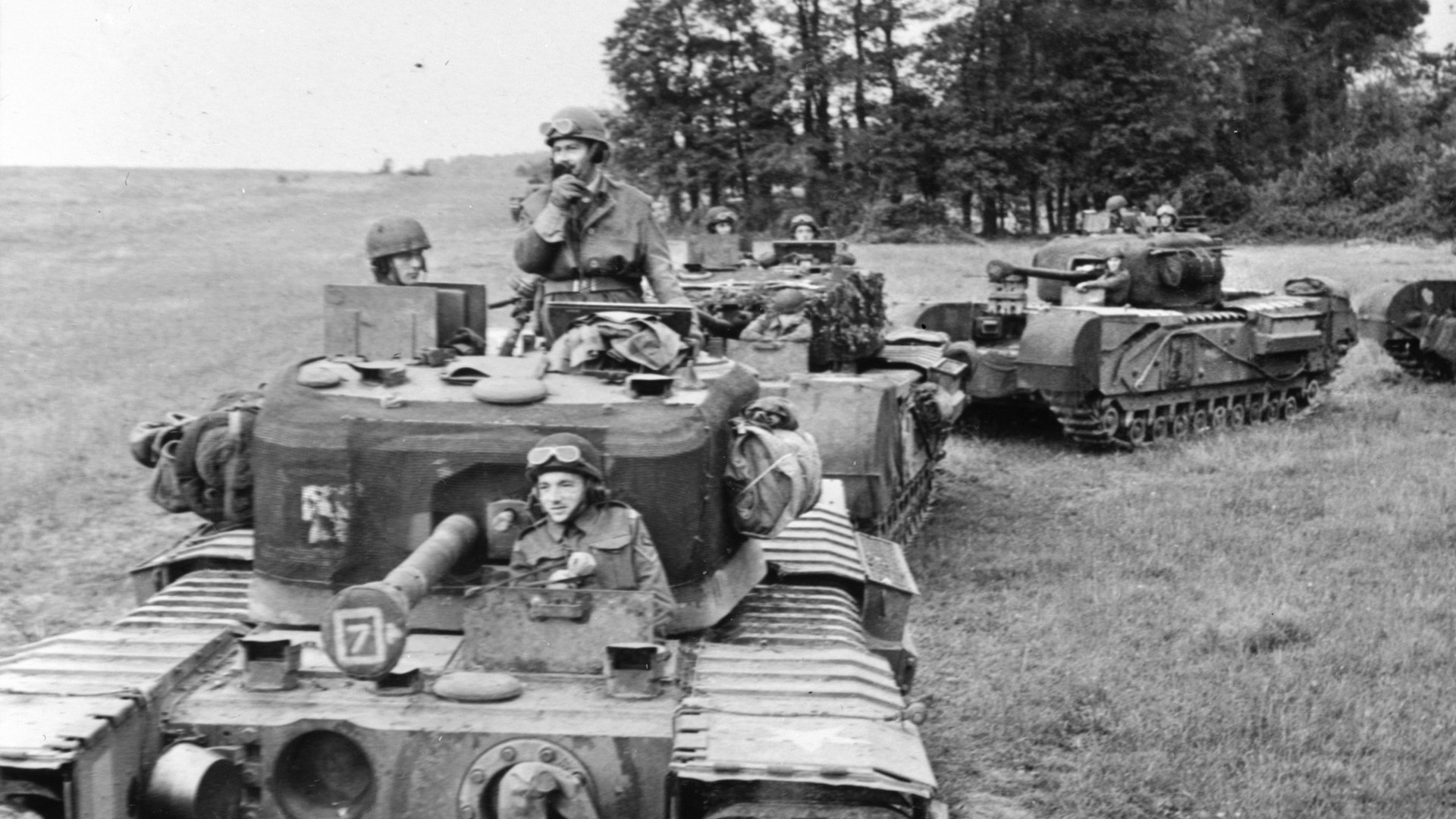
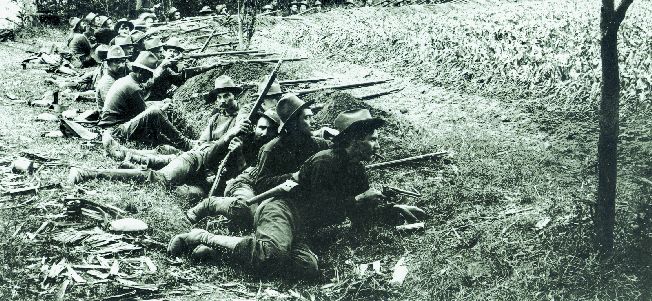
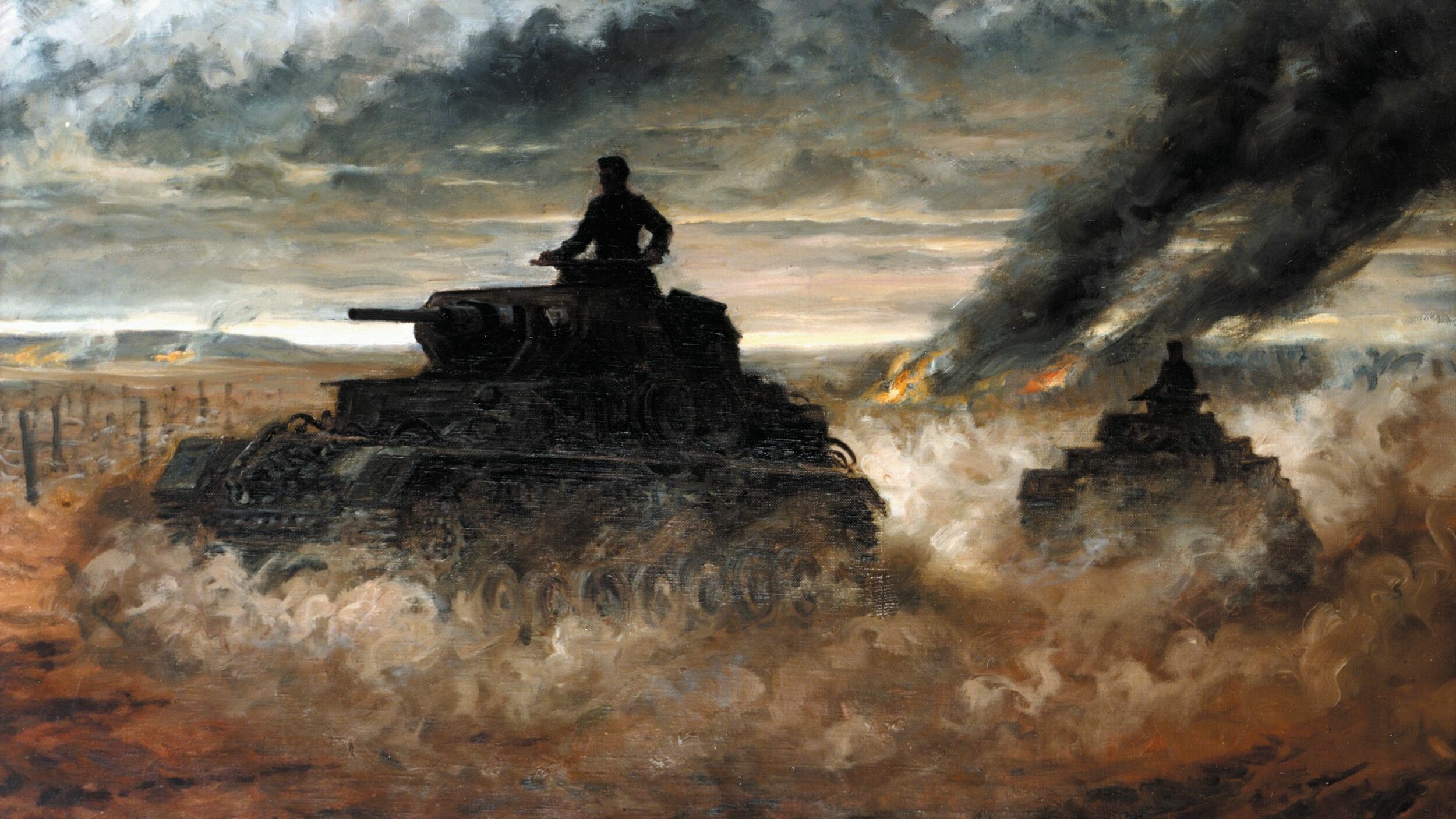
Join The Conversation
Comments
View All Comments